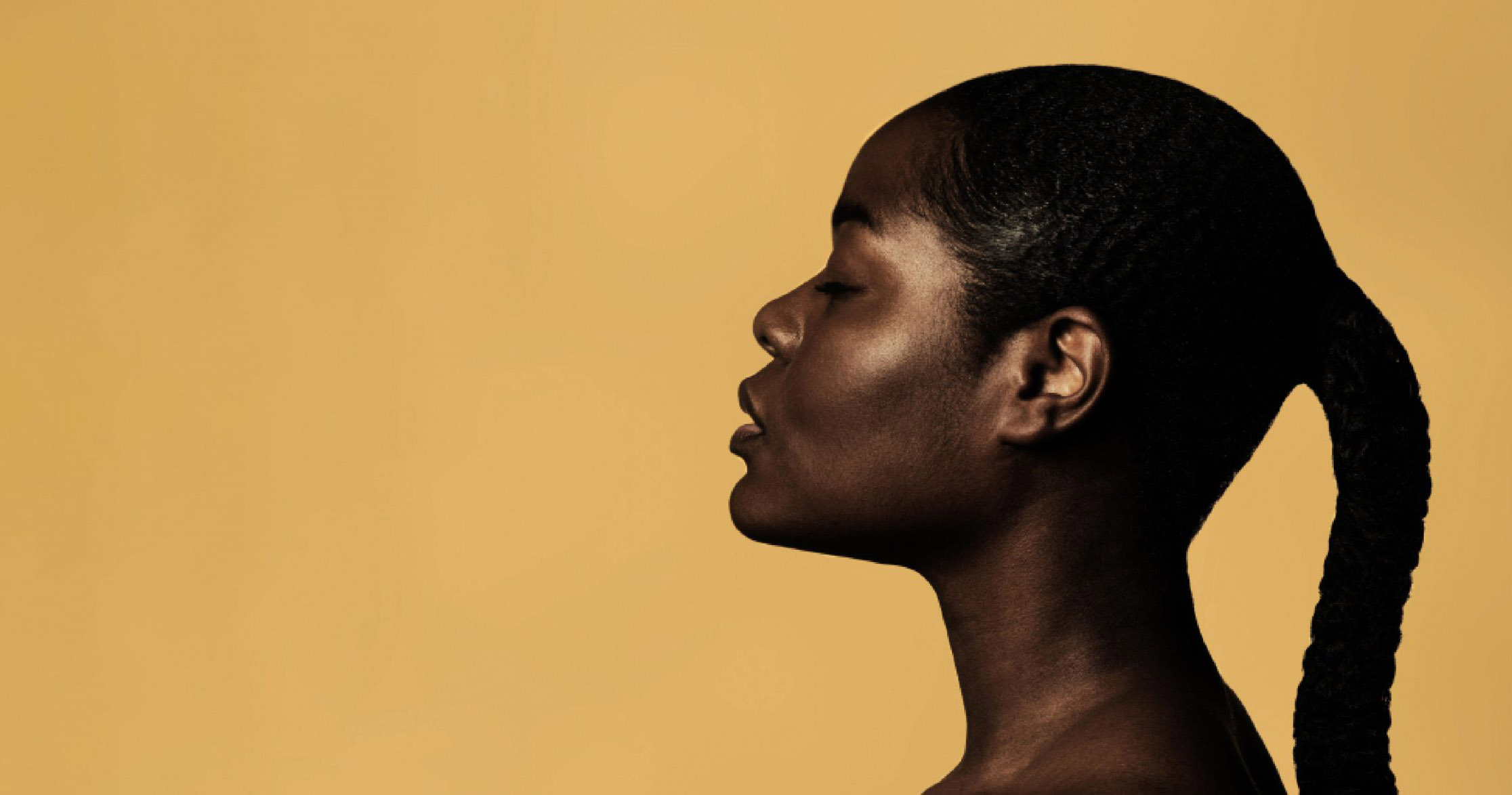
Arts & Culture
BBC iPlayer presents Dark Matter: A History of the Afrofuture
BBC iPlayer |
The arc of Black history shares an uncanny resemblance to the plot points of classic sci-fi including ‘alien’ abduction, enslavement and rebellion. It’s this unlikely relationship that provides the inspiration for Afrofuturism, the broad cultural trend that encompasses works by Jean-Michel Basquiat to Grace Jones, Solange Knowles and Sun Ra. In this film, we meet, see and hear from artists across three continents who each, in their own way, explore the Afrofuture to look at the horrors of the Black past and imagine alternative futures.

Illustrations by Abdul Qadim Haqq and Dai Sato’s graphic novel, The Book of Drexciya
The mysterious yet influential Detroit techno duo, Drexciya, take the Atlantic Ocean, a site of death and destruction during the African slave trade and reclaim it as a place of creation and beauty. Through a series of releases from the late 1990s through the early 2000s, they envisage the unborn children of enslaved pregnant women, thrown overboard during the Middle Passage to the Americas, adapting to breathe underwater and thrive in a Black Atlantis. The mythos is vividly brought to life by the Drexciyan collaborator and graphic artist Abdul Qadim Haqq as a thriving, technological undersea world.
Visual artist Ellen Gallagher similarly transforms the violence of the ocean into rebirth and renewal. Her film Osedax, made with Edgar Cleijne, is an imaginative retelling of how the skeletal remains of dead whales sustain new life in the curious form of the bone-devouring worm of the title. Whereas for artist Hew Locke, as well as the ocean itself, it’s the Atlantic’s coastal fringes that inspire his world of bricolage phantoms, plucked from the ghost stories of a Guyanese childhood.
The Afrofuture is perhaps most commonly imagined through the rubric of outer space, thanks in no small part to avant-garde jazz musician and poet Sun Ra.
Born in the southern US in the early 20th century, Ra underwent an interplanetary conversion, claiming to have been teleported to Saturn. As with funk pioneer, George Clinton, who describes a similar close encounter with extraterrestrials, Ra’s identification with an alien presence can be read as more than simple escapism. It’s also a biting satire on the alienating experience of being black in America. For Ra, space is also an alternate destiny for black people, as the title of his 1973 Afrofuturist feature film Space is the Place insists.

Illustrations by Abdul Qadim Haqq and Dai Sato’s graphic novel, The Book of Drexciya
Reaching beyond these fictional ‘Afronauts’ is the conceptual artist Tavares Strachan. His performance piece, Star City, Training in Six Parts, sees Strachan visit the famous Russian space centre to undergo the same rigorous – and often tortuous – training of the Cosmonauts. Strachan likens one of the exercises, which measures our capacity to withstand disorientation and gravitational stress, to his impoverished upbringing in The Bahamas.
The film concludes with an exploration of the idea of double consciousness. Coined in the early 20th century by WEB Du Bois, the influential African American sociologist, double-consciousness describes how black people in western societies see themselves twice over. Through their lived experience but also how they’re perceived within a dominant white culture.
Curator and writer Ekow Eshun traces uses of the idea through Ralph Ellison’s lauded mid-20th-century novel Invisible Man, and painter Kerry James Marshall’s image of the same title, right up to the Black Lives Matter movement. Predicated upon recordings of anti-Black violence often captured through digital tech, Eshun argues these ‘expose’ a double consciousness at work, the world as experienced and seen through black eyes, laid bare for all to witness.
Other artists and commentators featured in the programme include Nuotama Frances Bodomo, Aria Dean, Ayesha Hameed, Kiluanji Kia Henda, Shabaka Hutchings, Elvira Dyangani Ose, Cauleen Smith and Greg Tate.
Available to watch on BBC iPlayer




